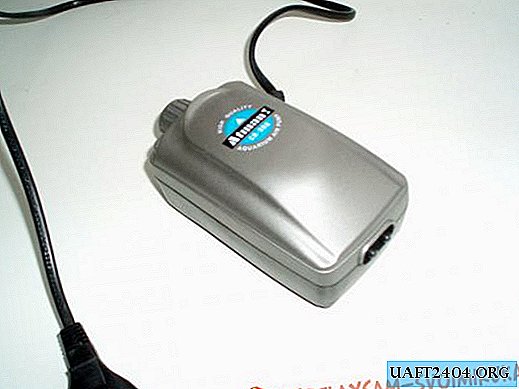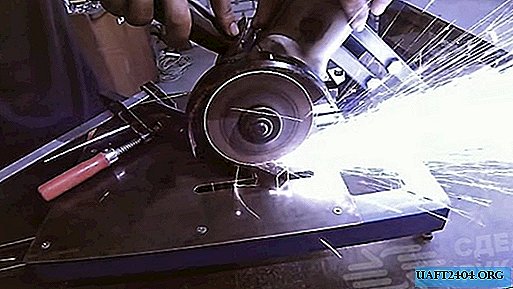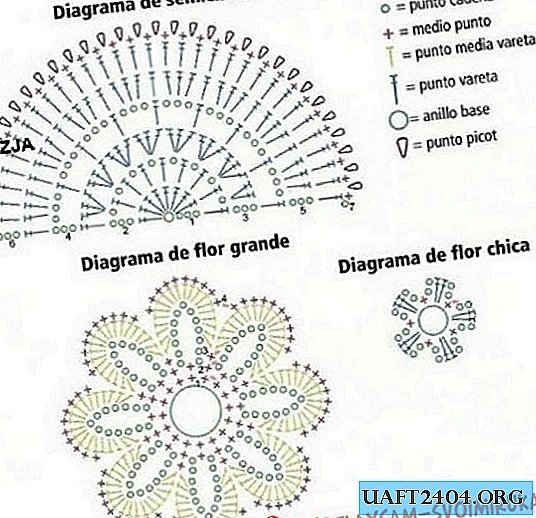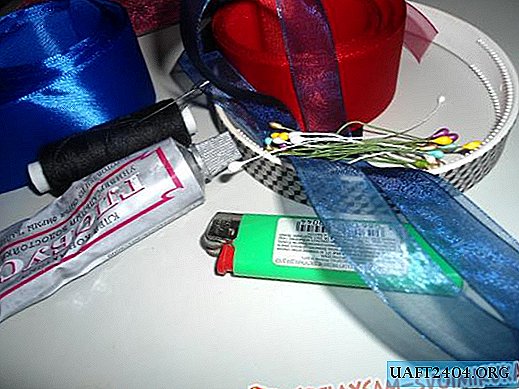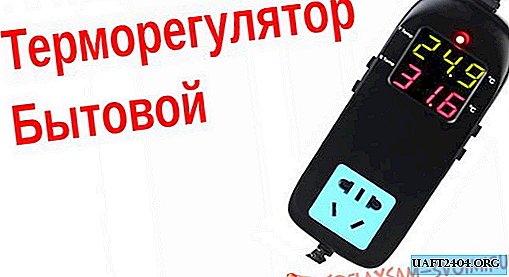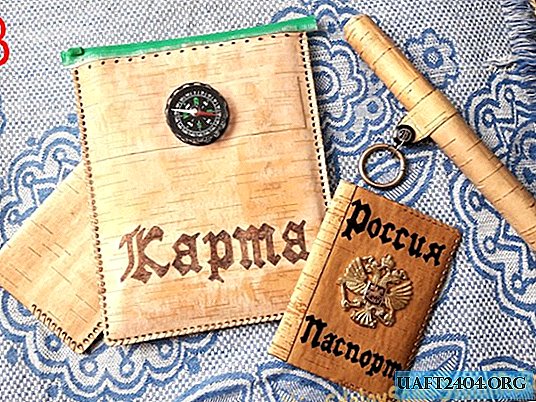Share
Pin
Tweet
Send
Share
Send
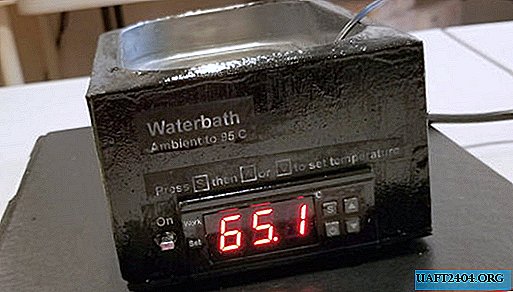
What is a water bath.
A laboratory water bath is a tank with a thermostat-controlled heater. The electronic thermostat allows you to accurately maintain the set temperature in the tank. The bathtub is equipped with two heating elements, power of 100 W each.
What am I using the bath for?
I often have to make printed circuit boards. The PCB manufacturing process requires operations such as pickling and tinning. This is precisely the process that I carry out using this bath. Of course, etching can also be carried out at ordinary temperature, but in a heated bath it passes many times faster. As for tinning, then you can not do without heating. I fill the bath with glycerin (or water with citric acid), set the maintenance temperature to 110 degrees and calmly puddle the board.
With chemical reactions, everything is clear: heating by ten degrees accelerates the chemical reaction by about two. Which reduces the time of its flow, thereby saving your time.
A laboratory bath may find other uses. For example, it can be used as a dryer for bulk materials, only in this case the thermostat sensor must be tightly attached to the heating element, and the heating elements are connected in parallel.
So let's get started! To begin with, I will offer you two bathtub options: for voltage 12 V and 220 V. I used elements for 110 V, since in our country there is a voltage of 110 volts in the network.
Components to purchase. I give you links to the store right away.
12 volt option (safer option):
- Thermostat - digital temperature controller 12 V.
- The heating element is 2pcs per 12 V. (Or 1 heating element 12 V).
220 volt option:
- Thermostat - digital temperature controller 220 V.
- Heating element - 2 pcs per 100 watts. (Or 1 heating element - 200 watts).
- Bathtub (pan) of stainless steel or surgical steel. (Any store with dishes)
- Wooden sheets of plywood for the body - at least ODPP, at least particleboard, at least OSB. That's your business. I recommend using moisture resistant plywood.
Heaters and thermostats may be different, see how many of them are - heaters, thermostats. You can find a cheaper option or another form.
The design of the laboratory bath.

The sequence is this: the bath itself with the liquid and the temperature sensor immersed in it. Heating elements are glued to the bath. Then comes the insulating layer separating the bath from the thermostat. Covered with a wooden case.
Laboratory bath construction


The first thing to do is to cut and assemble the body under the bath. Make cutouts for thermostat, wire, fuse.
Now you need to glue our heating elements. More precisely, it is desirable to smear the surface of the element with thermal grease (you can buy it at a store that sells computers), for good heat transfer. And stick it all in several layers of thermally insulating material (buy at a hardware store).



We insert everything into the case.
After assembling the structure, we cover the large cracks with filler, forming even edges. The filler may be automotive sealant, epoxy. I used acrylic filler.



We connect all the electronics. Heaters are connected in parallel to the thermostat. The sensor from the thermostat exits through the connector, but you can do without it, in the sense of without a connector, and not without a sensor. Power switch in series with fuse and thermostat.
We install all the elements, assemble the circuit.








Close the bath with the bottom cover.
Painting.



I painted with two layers of quick-drying black extra enamel.
We check.
Pour in water. We connect a network. We connect the sensor and lower it into water. We set the temperature and wait until the water heats up. As the water heats up to the set temperature, the thermostat must turn off the elements. This will be visible - the LED on the thermostat turns off.
Everything: it means our laboratory bath is operational.



Device upgrade:
The bath can be supplemented with a timer so that, for example, drying of bulk solids lasts a certain time.
Successful homemade goods to you! Thanks for your attention.
Original article in English
Share
Pin
Tweet
Send
Share
Send

